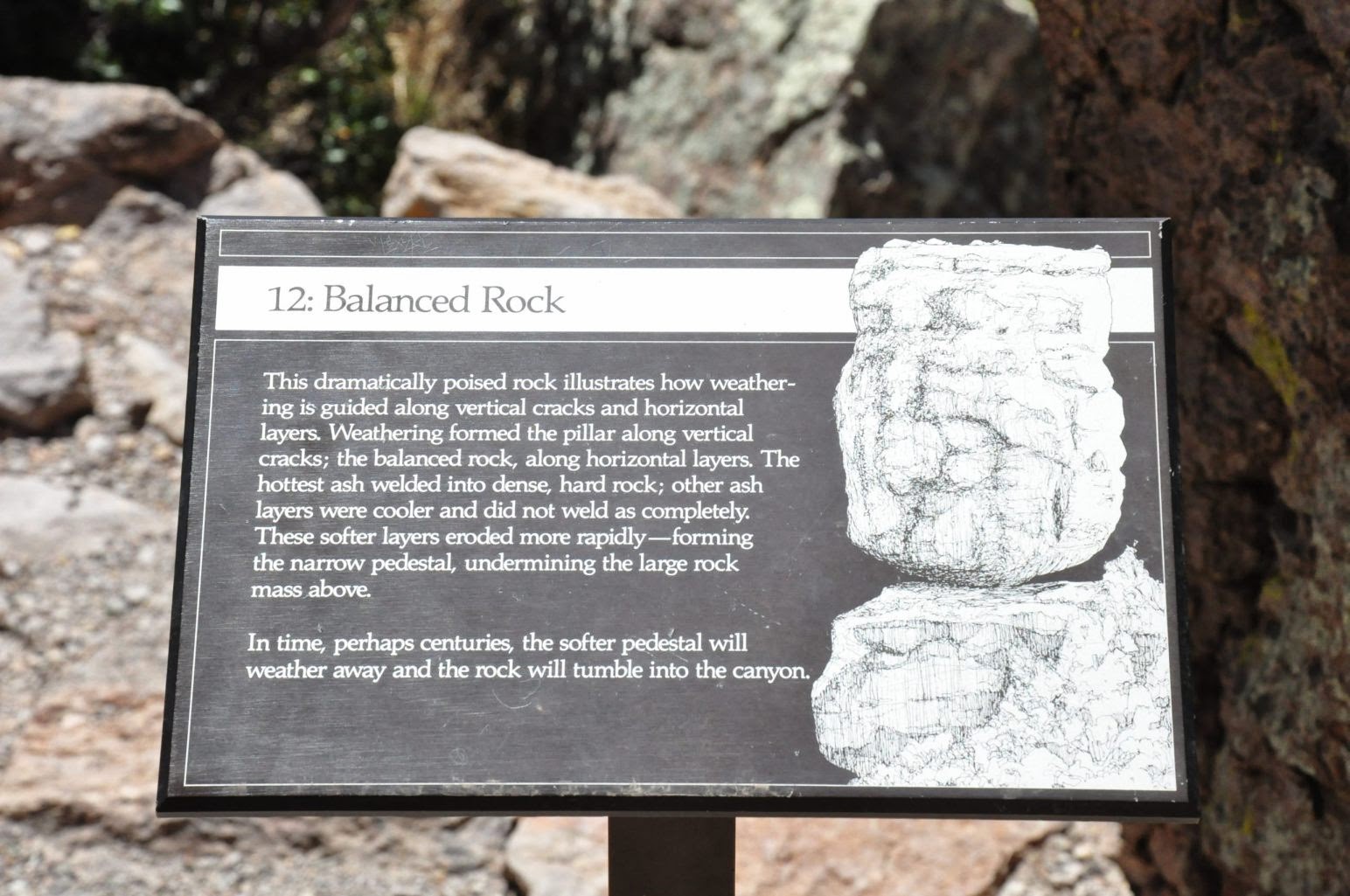It's taken a while for me to get this posted due to the large number of photos. On March 7th we visited Big Bend National Park.We had passed through the park the day before while enroute to our campground outside the park in Terlingua. We planned to get some pictures at sunrise the next day. Before dawn the next morning we drove toward the southwest corner of the park toward Santa Elaina canyon.
After a 40-some mile drive in the dark through park, we arrived at the canyon. Santa Elaina is a very narrow canyon carved through 300 feet of rock vertical rock walls by the Rio Grand river. Unfortunately when the sun began rising, the heavy overcast prevented any direct sunlight on the canyon.
When we were at the canyon entrance it was still too dark for good photos. We slowly drove back toward the north. Above are two distant photos of the canyon entrance.
As we traveled northward the sky began to brighten, but was still overcast. In many shots I tried to capture the drama of the dark clouds against the colorful mountains.
Here a photo of the area called tuft canyon. It is a narrow (almost slot) canyon carved by a small wash. The source of the gray rock walls are layers of volcanic ash. The area endured a lot of vocanic activity millions of years ago.
The peaks here are known as the mule ears. One wonders why? :)
And here's a sometimes mule headed character sitting in front of the mule ears.
The park encloses completely the Chisos mountain range. In the center of the range is the Chisos basin.
The basin, at higher elevation than the rest of the park, and therefore receiving more rainfall; has an environment which is more temperate than the surrounding desert. After the basin, we decided to get some pictures of window rock (which
appears in many park brochure pictures). The window is in an area
called the Grapevine Hills.
To get to the window one must drive about 8 miles of rough gravel road, and then hike about a mile and a half on an "easy" trail. The trail was easy. Easy that is for a teenager. There is a rock scramble at the end which climbs several hundred feet. We thought the rock formation above looked like a turtle's neck.
We thought the view was worth the effort. The picture below was taken from nearby the window formation looking at the trail we had just traveled.
The arrow points to two other hikers who began the return hike soon after our arrival at the rock window.
Ina on the return hike form the rock window
I'll close this posting with a nice shot of the road north from Santa Elaina canyon. I'll upload all the pictures in this posting to our
Flickr page.





























































 .
.
